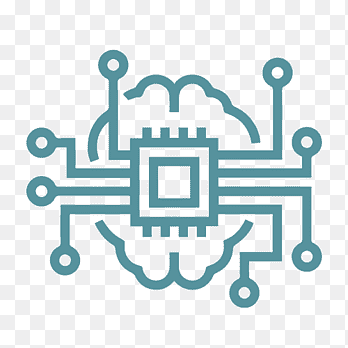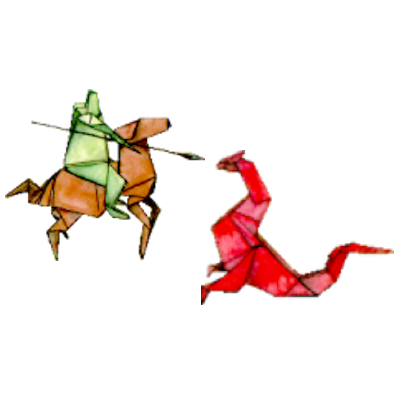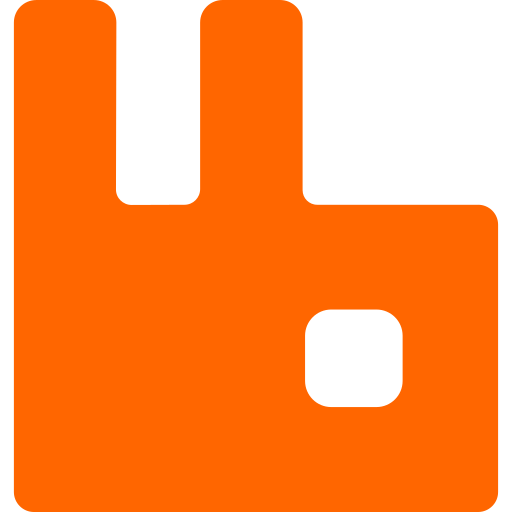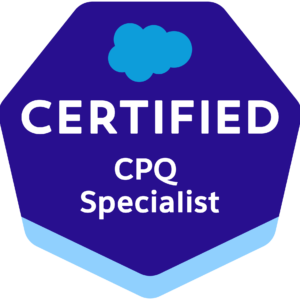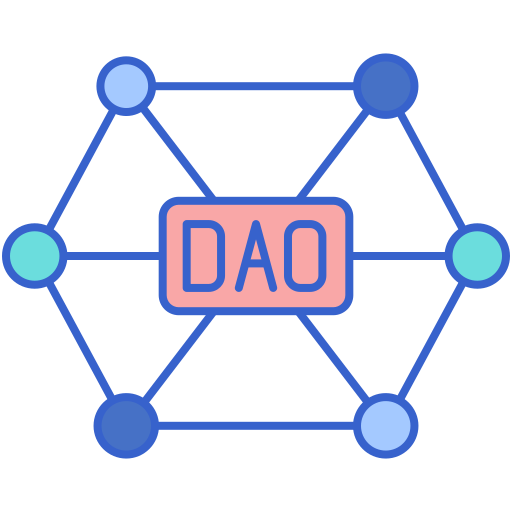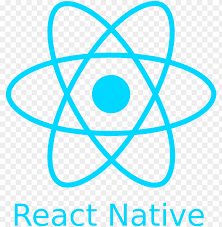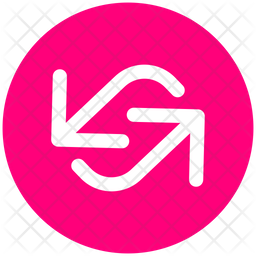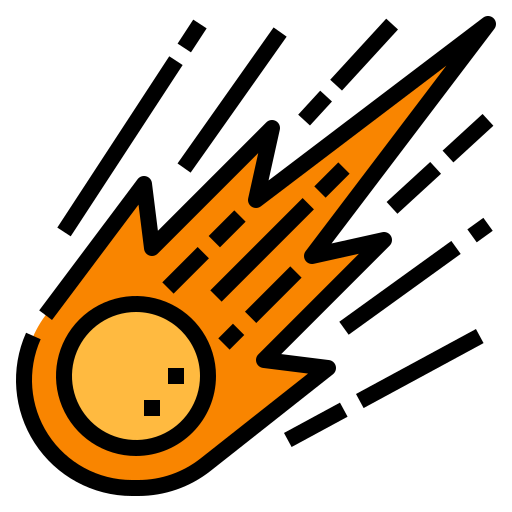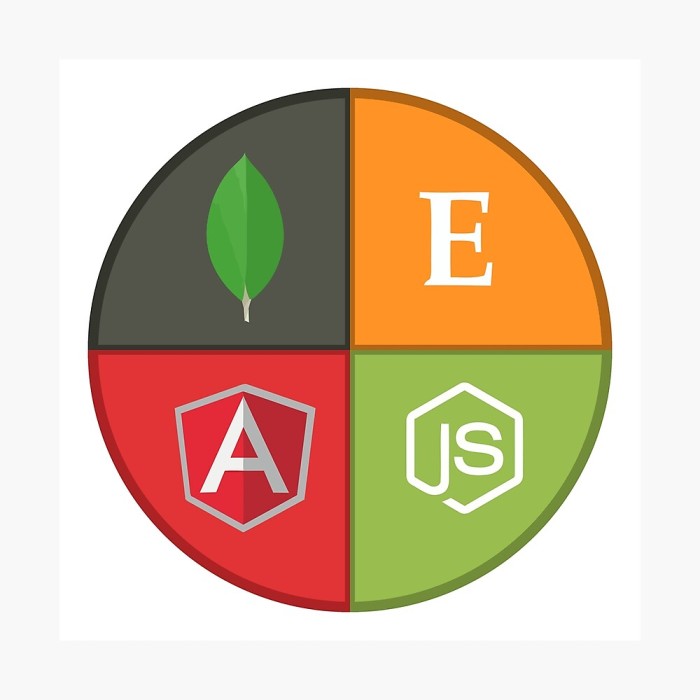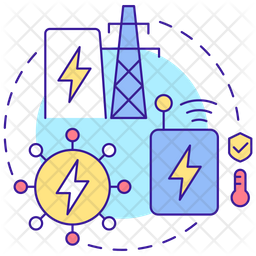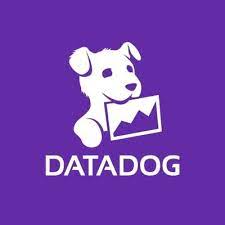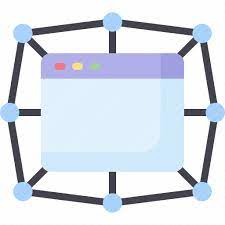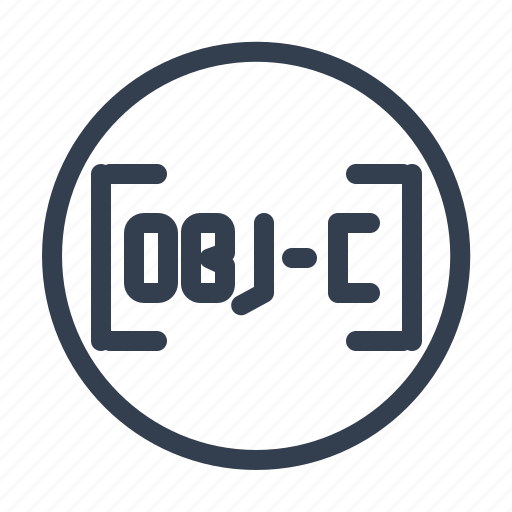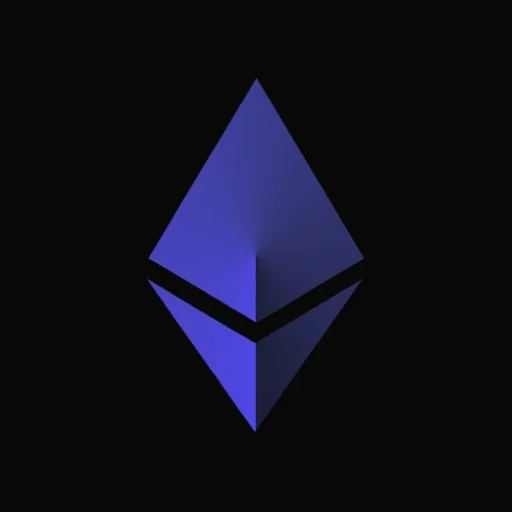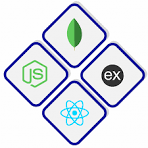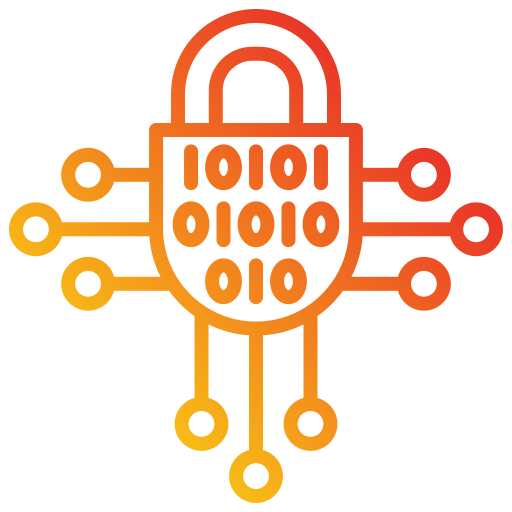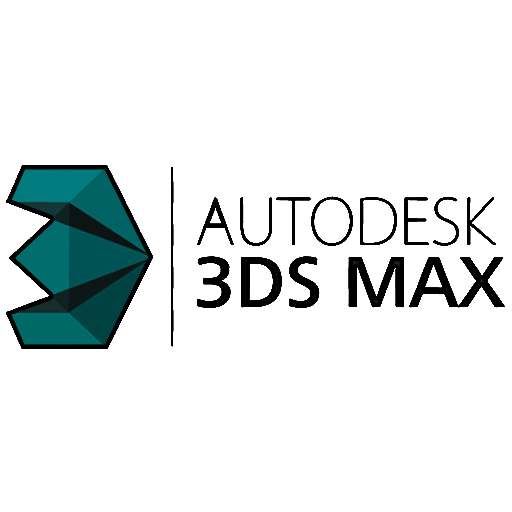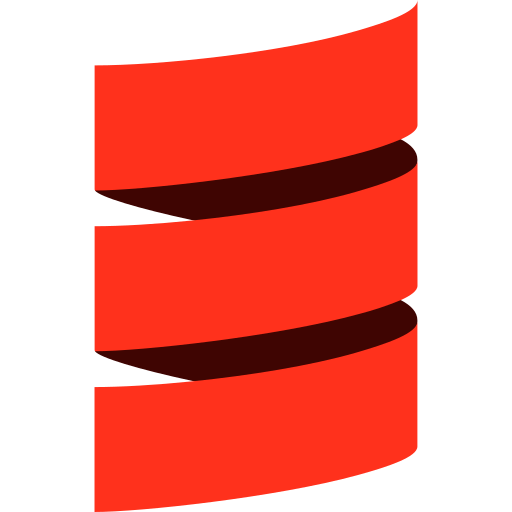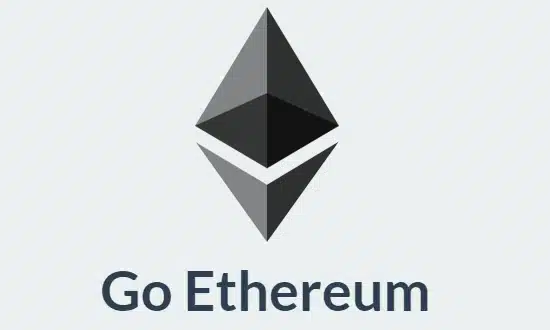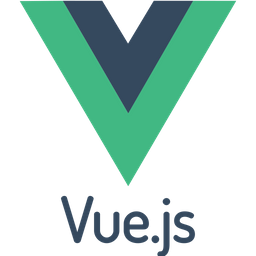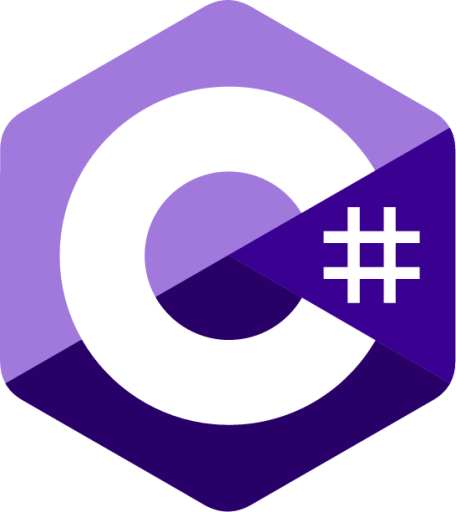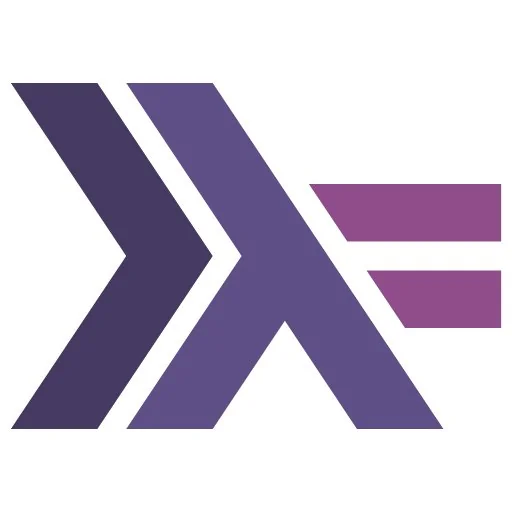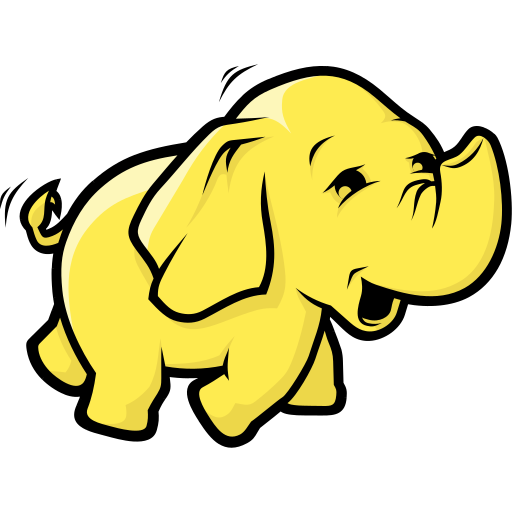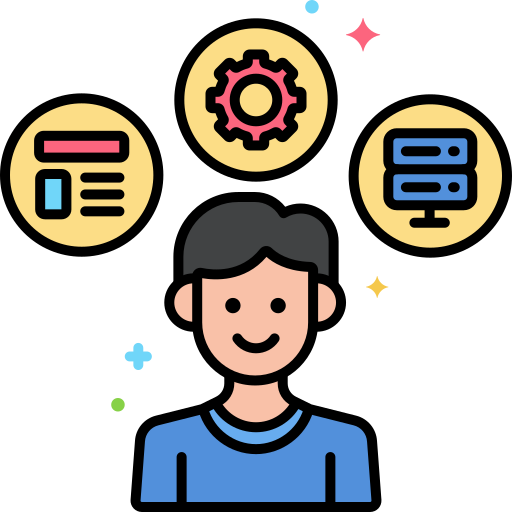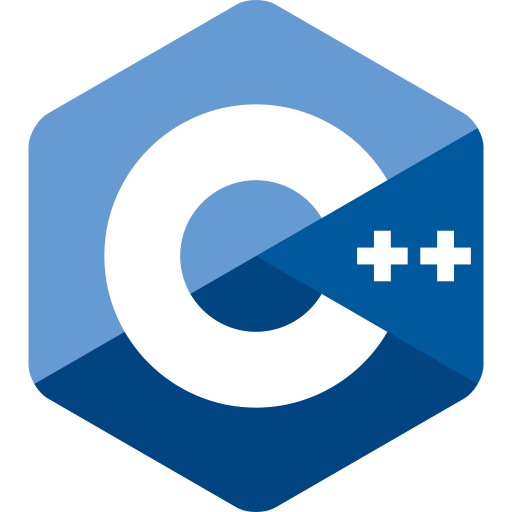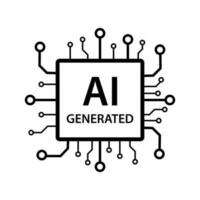Contents
What are the Essential Skills to Look for While Hiring a Computer Vision Engineer?
What are the Roles and Responsibilities of a Computer Vision Engineer?
How to Hire a Dedicated Computer Vision Engineer?
What is the Cost of Hiring a Computer Vision Engineer from India?
Why Hire a Computer Vision Engineer from UltraGenius?
What does a Computer Vision Engineer Do?
Interview Questions for a Computer Vision Engineer
In today's tech-driven world, you need the best computer vision engineers to harness AI and machine learning's full potential. These experts are needed to teach machines to 'see' and 'understand' like humans. As you seek to hire a computer vision engineer, focus on their ability to develop and implement algorithms that enable visual data processing and interpretation.
Further, you need to look for machine learning, programming, and problem-solving skills. You can explore platforms like UltraGenius, where you can find pre-vetted, skilled engineers ready to elevate your projects with cutting-edge visual AI solutions.
What are the Essential Skills to Look for While Hiring a Computer Vision Engineer?
As you seek to hire remote computer vision engineers, focus on a mix of technical expertise and interpersonal abilities. Here are computer vision engineer skills to look for:
-
Machine Learning Proficiency: Ensure they have a strong grasp of machine learning techniques, crucial for developing advanced vision systems.
-
Image Processing Skills: Look for experience in handling and interpreting visual data, a core aspect of computer vision.
-
Algorithm Development: They should be adept at creating efficient algorithms for image recognition and analysis.
-
Programming Languages: You should check the proficiency in languages like Python, C++, and Java, which is essential for implementing complex vision solutions.
-
Analytical Thinking: Your engineer should possess the ability to analyze and interpret data effectively.
-
Problem-Solving Abilities: Look for a track record of tackling and resolving complex technical challenges.
-
Communication Skills: Ensure they can articulate complex concepts clearly and collaborate effectively with your team.
What are the Roles and Responsibilities of a Computer Vision Engineer?
As a hiring manager, business owner, or IT head, understanding the multifaceted roles and responsibilities of a computer vision engineer is key to ensuring you recruit a professional who can significantly elevate your tech capabilities. Here’s a detailed look at what you can expect from a top-tier computer vision engineer:
- Developing Vision Algorithms
- Collaboration with Teams
- Staying Updated with Industry Trends
- Staying Updated with Industry Trends
- Problem-Solving Ability
- Optimizing Performance
- Custom Solutions Development
They craft sophisticated algorithms that enable machines to interpret and process visual data. This involves using deep learning and AI to mimic human vision capabilities in computers.
They work closely with other departments, ensuring seamless integration of computer vision technology into your products and services. This cross-functional collaboration is crucial for the successful implementation of vision-based solutions.
They continuously update their knowledge and skills to help you in your projects. You can rely on them to bring the latest AI and machine learning advancements to your projects.
They continuously update their knowledge and skills to help you in your projects. You can rely on them to bring the latest AI and machine learning advancements to your projects.
They are adept at identifying and solving complex problems related to visual data processing and interpretation, ensuring your projects overcome technical hurdles efficiently.
Expect them to focus on optimizing the performance of vision systems, making them faster, more accurate, and efficient.
They are capable of developing custom solutions tailored to your specific needs, ensuring that the technology aligns perfectly with your business objectives.
How to Hire a Dedicated Computer Vision Engineer?
As a hiring manager, business owner, or IT head, finding the right computer vision engineer is pivotal for your project's success. Here's a step-by-step guide to streamline your hiring process:
Identify Your Needs: Clearly define the role and responsibilities you expect from a computer vision engineer. Understand the specific skills and experience required for your project.
Explore Specialized Platforms: Utilize platforms like UltraGenius, renowned for connecting you with pre-vetted, top-tier computer vision talent. These platforms specialize in offering:
- Remote and Freelance Experts: Ideal for flexible project needs.
- Deeply Vetted Professionals: Ensuring candidates have been rigorously assessed for their skills and experience.
Review Portfolios and Experience: Focus on candidates with:
- Strong Portfolios: Demonstrating their expertise in computer vision projects.
- Proven Track Record: Look for experience in projects similar to yours.
Conduct Thorough Interviews: Ensure the candidates not only have the technical skills but also fit well with your company culture.
Evaluate Technical Skills: Consider practical assessments or technical interviews to gauge their problem-solving abilities and technical knowledge.
Check References: Validate their past work and collaborations for a better understanding of their capabilities and work ethics.
Remember, if you hire skilled computer vision engineers they will revolutionize how your business interacts with technology. Take your time to find a candidate who aligns with your vision and project requirements.
What is the Cost of Hiring a Computer Vision Engineer from India?
When you're considering hiring a computer vision engineer from India, the cost can vary significantly based on their experience and the type of engagement. For freelance computer vision engineers, you can expect to pay between $25 to $50 per hour, depending on their expertise and the complexity of your project. If you're looking for a full-time engineer, the annual cost typically ranges from $70,000 to $120,000.
This range reflects varying levels of experience and the specific skills required for your project. For part-time engineers, the rates are generally about half of what you would pay for a full-time engineer. Remember, investing in the top remote computer vision engineers is crucial, as a skilled computer vision engineer can bring immense value to your AI and machine learning initiatives.
Why Hire a Computer Vision Engineer from UltraGenius?
UltraGenius provides access to hire deeply vetted computer vision engineers, especially from India, known for their technical prowess and cost-effectiveness. They ensure a quick turnaround in hiring, offering candidates who are not just technically sound but also culturally fit for your organization.
What does a Computer Vision Engineer Do?
As a hiring manager or IT head, understanding the role of a computer vision engineer is key to making informed hiring decisions. Here's what these professionals do:
Interpret Visual Data: They enable computers to 'see' and interpret the world like human vision.
Utilize Advanced Technologies: Employing machine learning and deep learning, they develop systems that recognize and analyze visual inputs.
Create Diverse Applications: Their work spans across various industries, from healthcare, where they aid in diagnostic processes, to retail, enhancing customer experiences.
Solve Real-World Problems: By processing and understanding visual data, they address complex challenges in sectors like transportation, improving safety and efficiency.
Innovate Continuously: They stay at the forefront of technological advancements, ensuring your organization remains competitive and cutting-edge.
In your quest to hire the best computer vision engineer, look for individuals who can transform visual data into actionable insights, driving innovation in your field.
Interview Questions for a Computer Vision Engineer
- How do you stay updated with the latest trends in computer vision?
- Describe a challenging project you worked on and how you overcame the obstacles.
- How do you optimize computer vision algorithms for better performance?
- Can you explain a time when you implemented a novel solution to a vision problem?
- What are your preferred tools and libraries for computer vision tasks?
To stay abreast of the latest trends in computer vision, I regularly read industry journals and participate in online forums and communities like GitHub and Stack Overflow. I also attend webinars and conferences, and take online courses to keep my skills sharp. This continuous learning approach ensures that I'm always equipped with the latest knowledge and techniques in the field.
In a recent project, I faced the challenge of developing a high-accuracy facial recognition system under varying lighting conditions. To overcome this, I experimented with different algorithms and finally implemented a hybrid model combining convolutional neural networks with adaptive histogram equalization. This significantly improved the system's performance, showcasing my ability to innovate under pressure.
For optimizing computer vision algorithms, I focus on refining the data preprocessing steps and tweaking the model architecture. I often use techniques like dimensionality reduction and batch normalization. Additionally, I ensure efficient use of hardware resources, like GPUs, for faster processing. My approach is always to strike a balance between accuracy and computational efficiency.
Once, I was tasked with improving an object detection system for a retail client. I implemented a novel solution by integrating a semantic segmentation approach, which significantly enhanced the system's ability to detect and classify objects in crowded scenes. This innovation not only solved the client's problem but also increased the system's overall efficiency.
My go-to tools and libraries for computer vision tasks include OpenCV for image processing, TensorFlow and PyTorch for deep learning, and Pandas for data manipulation. I find that these tools provide a robust framework for developing and deploying efficient and scalable computer vision models, allowing me to deliver high-quality solutions to complex problems.
































